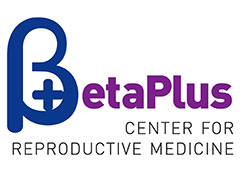During several years of our practice, we have noticed that there is a higher number of twin pregnancies in double blastocyst transfer. In single blastocyst transfer we have noticed three times higher occurrence of monozygotic twin pregnancies when compared to women who are not infertile. Therefore, we recommend women under the age of 36 in their first or second IVF/ICSI attempt to consider single blastocyst transfer, providing we have several blastocyst to choose.
A selective embryo transfer of a single embryo or a single blastocyst (SET – Single Embryo Transfer or SBT – Single Blastocyst Transfer) is a global trend and recommendation because multiple pregnancies have risks that cannot be neglected. In double blastocyst transfer chances of twin pregnancy in women under 36 is 50%, and there is also a chance of a blastocyst splitting creating a triploid pregnancy. Our recommendation on the number of embryos to be transferred remains individual, but according to your wishes. Therefore, if you are scheduled for a day 5 transfer, we recommend thinking this over and consulting further on single blastocyst transfer. With carefully chosen couples, SBT gives good chances for pregnancy.
We would also like to remind you that this recommendation does not apply to:
– Women with day 2 or day 3 embryos,
– Women past the age of 36.
Should women from these categories decide for SBT, their chances for a success may be lower (data can be seen in our success rate tables).




